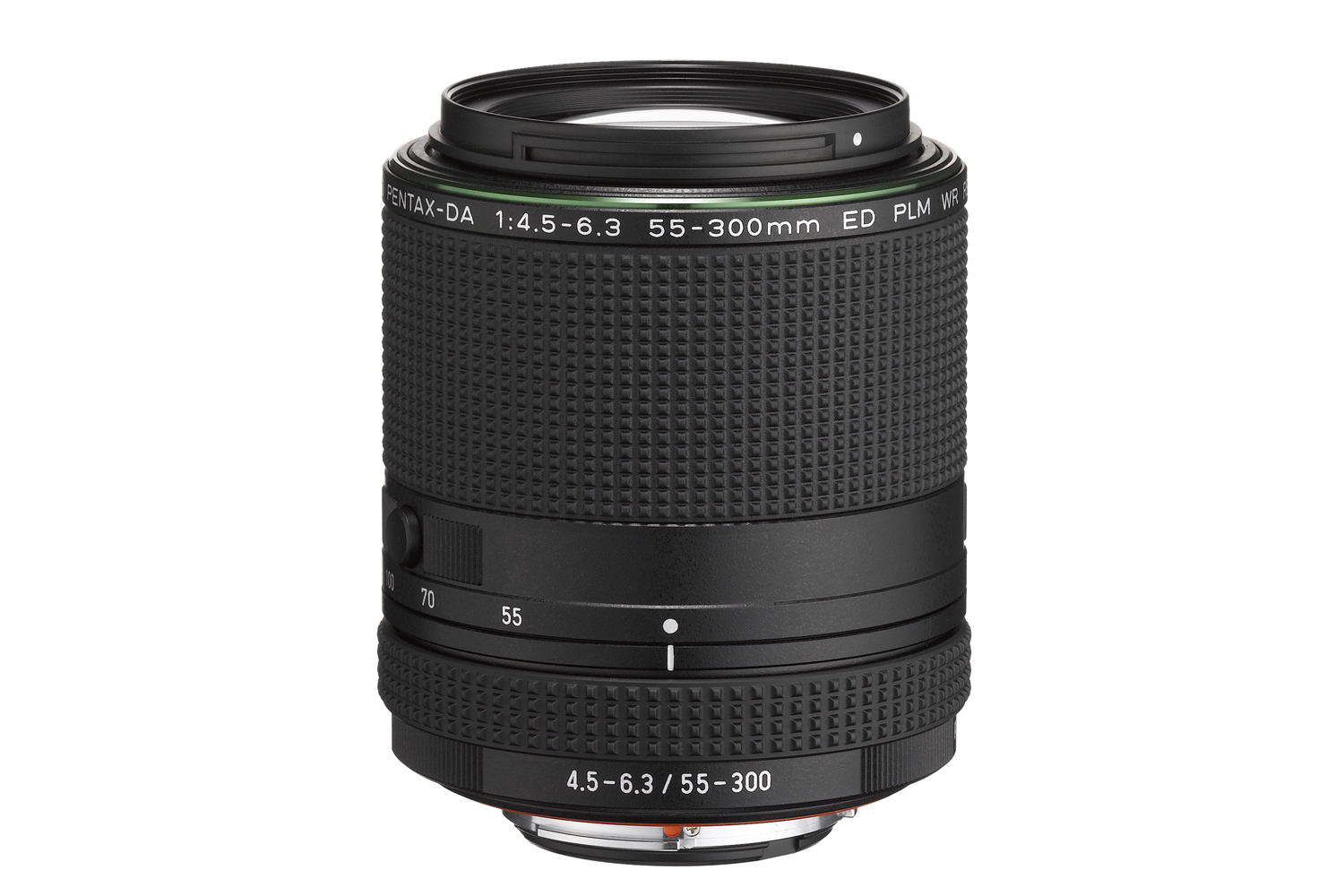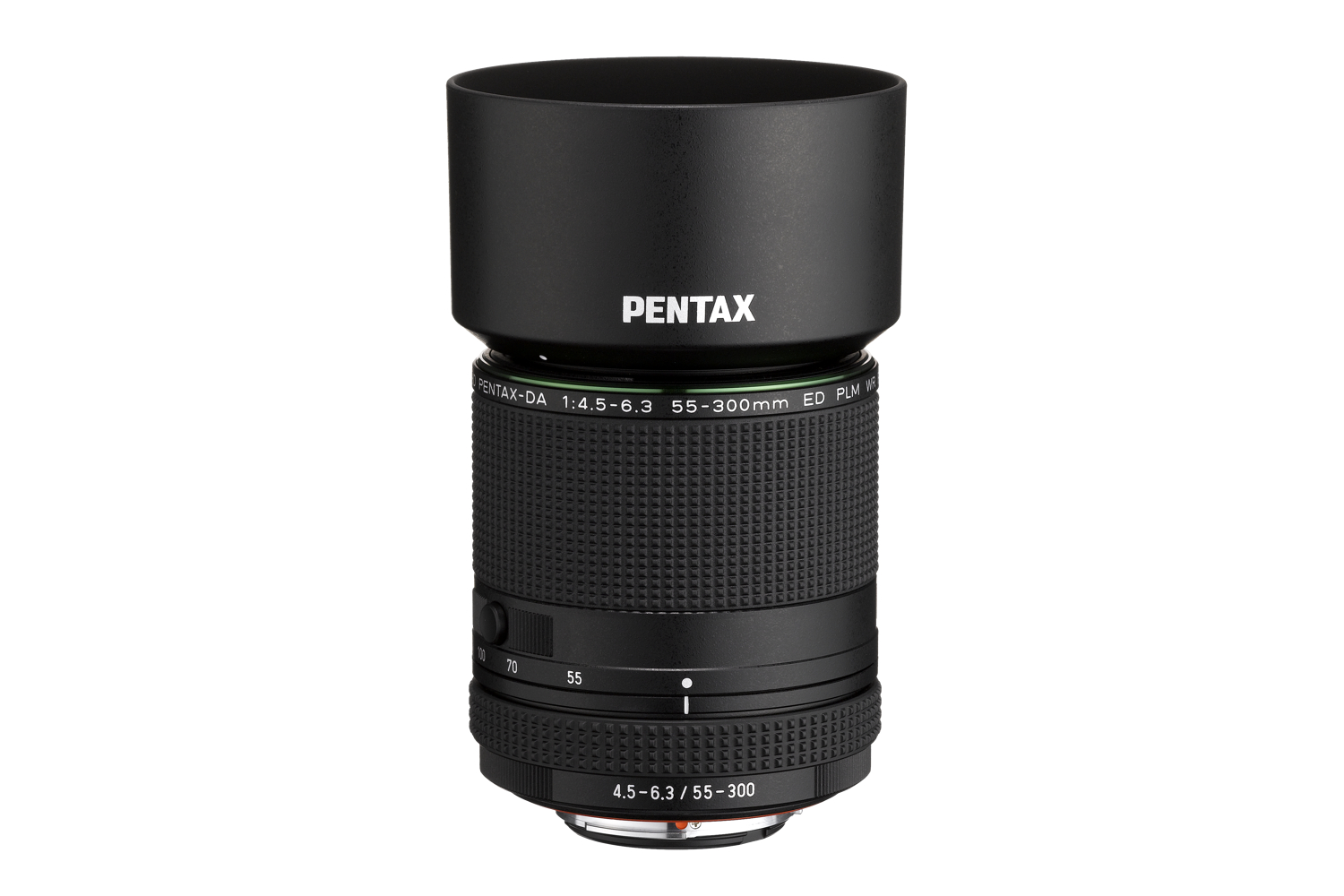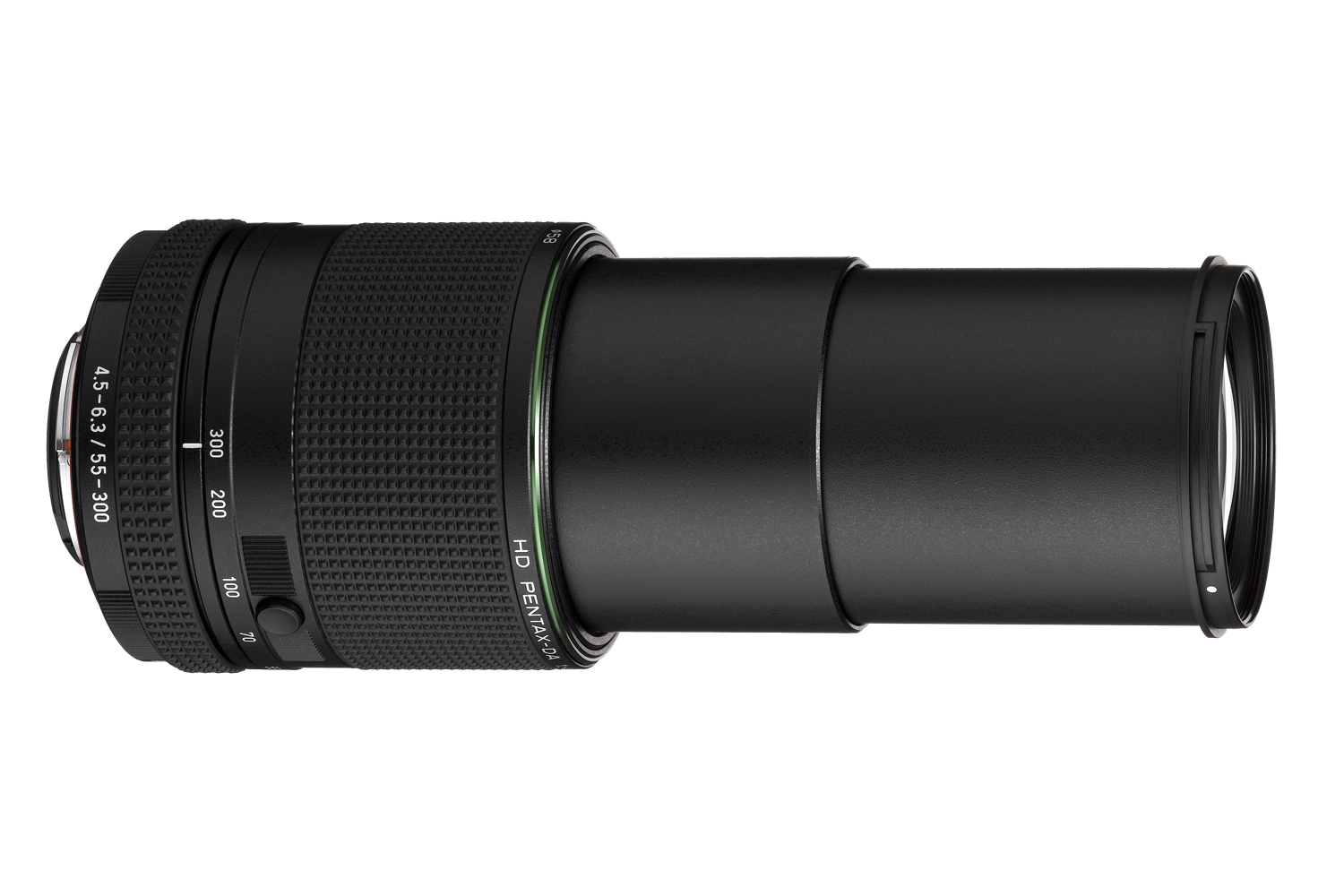Ricoh just announced its latest enthusiast-focused DSLR, the Pentax K-70. Borrowing technology from the full-frame K-1, the K-70 is the latest Pentax APS-C DSLR to incorporate pixel-shift technology for ultra-high-resolution photographs, following the K-3 II. Combined with a compact, weatherproof camera body and high maximum ISO sensitivity of 102,400, the K-70 is an ideal camera for landscape, travel, and night photography.
Inside the lightweight K-70 lives a 24-megapixel sensor which, like previously announced Pentax DSLRs, lacks an anti-aliasing filter, thereby increasing sharpness at the potential expense of incurring moiré. Moiré can show up when photographing fine patterns, which are most often found in textiles or architecture, but rarely in nature. However, as with the larger K-1, the sensor-shift stabilization system in the K-70 can mimic the effect of an AA filter sending microscopic vibrations through the sensor. The AA filter simulation can be toggled on or off by the user depending on the situation, essentially giving photographers the best of both worlds.
The sensor-shift stabilization system can move the sensor in any direction, good for up to 4.5 stops of shake reduction. This is also what enables Pentax’s Pixel Shift Resolution System. When turned on, Pixel Shift Resolution takes four exposures, moving the sensor by a pixel’s width each time, in order to capture full color information at every pixel location. This increases apparent detail without changing spatial resolution while also improving color accuracy and lowering noise.
This system works best for photographing stationary scenes, with the camera mounted to a tripod, but the K-70 does include a motion correction function to minimize any ill effects of movement within the frame.
Movie recording is limited to 1080p/30, although a 4K interval mode can create Ultra High Definition time-lapse sequences saved as a movie file. To assist with movie and live-view shooting, the K-70 is the first Pentax DSLR to include a hybrid phase and contrast detection autofocus system on the sensor. An 11-point standard AF system and three-inch articulating LCD screen round out the specs.
While some of the specs may not seem to stack up with enthusiast cameras from other manufacturers, the K-70 will start at the very competitive price of just $650. Along with this announcement, Ricoh also introduced a new 55-300mm f/4.5-6.3 weather-resistant telephoto lens and the CS-310 remote switch, designed specifically for the K-70.






